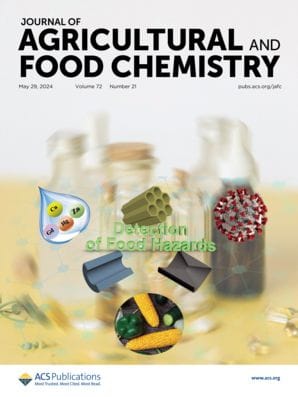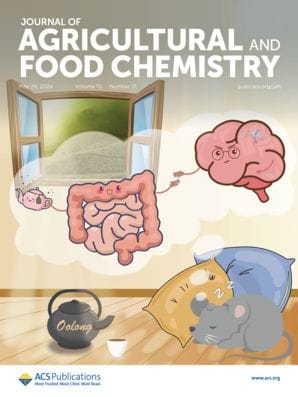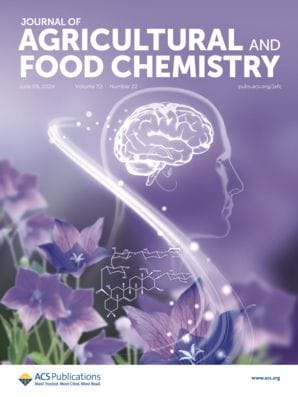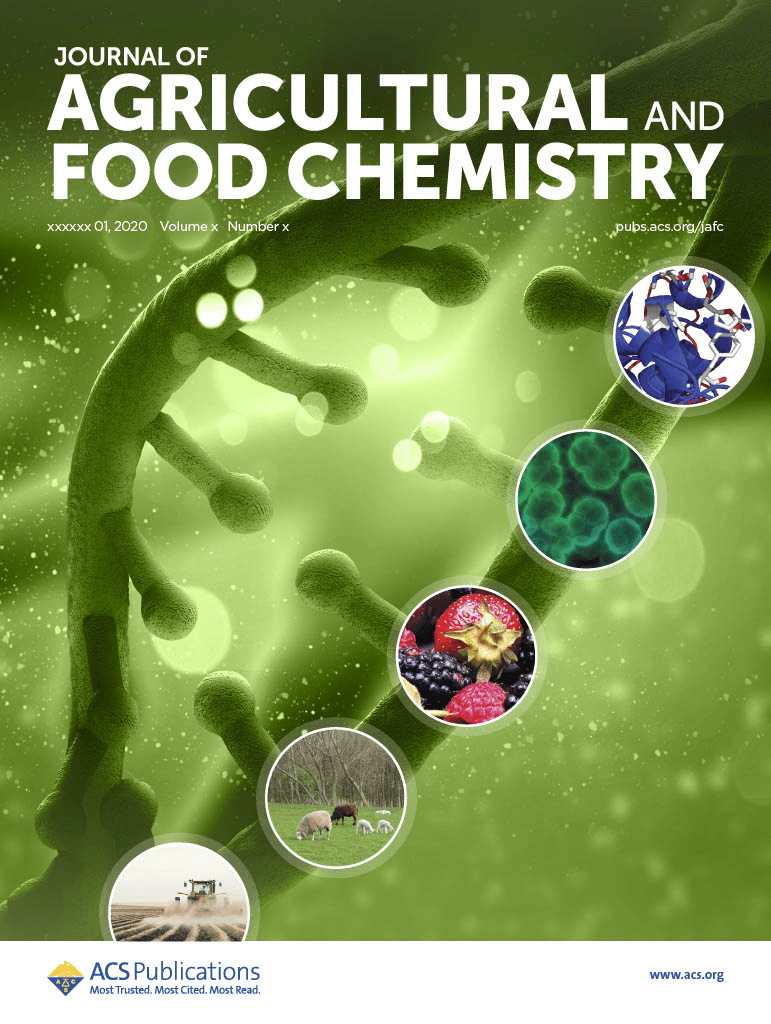Doesn't a tea break sound good right about now? Take this opportunity to sit back, pour a cup, and peruse our specially curated menu of recent tea-related research.

Globally, we love a good cuppa. Around 2.5 million tons of dried tea is manufactured every year, and there’s more to the chemistry of the perfect brew than you might think. But nothing stands still—not even the humble cup of tea—and new research is uncovering more of what this decidedly un-average beverage might be capable of. So sit back with your favorite blend and check out these recent tea-related articles in ACS journals.
New Analytical Method for Evaluating Antioxidant Capacity in Tea
Researchers have developed a novel method to measure antioxidant levels in tea by tracking the consumption of the 2,2-diphenyl-2-picrylhydrazyl (DPPH) radical. This fast and low-cost electrochemical method uses a CO2 laser paired with a 3D-printed cell to create laser-induced graphene (LIG) electrodes, which demonstrate excellent linearity, precision, and stability—providing results consistent with traditional UV-visible spectrophotometry. This innovative approach shows promise for quickly and accurately evaluating antioxidant capacity in teas and other samples.

Rapid Quantification of Antioxidant Capacity in Tea Using Laser-Induced Graphene Electrodes
DOI: 10.1021/acsfoodscitech.4c00265
Exploring Tea's Potential as a Natural Antidiabetic Solution
Common antidiabetic drugs have side effects such as hepatotoxicity and nephrotoxicity, and there remains a need for natural dietary alternatives. This review article investigates the potential of tea (Camellia sinensis) as a natural alternative for diabetes management, highlights the need for strategies to enhance the absorption of tea's active compounds and their synergistic effects with other natural substances, and examines advances in clinical trials and population studies.

Antidiabetic Potential of Tea and Its Active Compounds: From Molecular Mechanism to Clinical Evidence
DOI: 10.1021/acs.jafc.3c08492
Oolong Tea Polyphenols: A Promising Aid for Gut Health and Cognitive Function
Oolong tea polyphenols (OTP) are gaining attention for their benefits in reducing inflammation, regulating gut microbiota, and enhancing cognitive function. This study reveals that OTP can alleviate cognitive decline in mice with circadian rhythm disorder (CRD) by reducing harmful gut microbial metabolites and suppressing neuroinflammation, highlighting its potential for protecting against CRD-induced cognitive decline in humans.

Gut Microbiota Mediate the Neuroprotective Effect of Oolong Tea Polyphenols in Cognitive Impairment Induced by Circadian Rhythm Disorder
DOI: 10.1021/acs.jafc.4c01922
A Potential Protector Against Kidney Disease
Renal tubular ectopic lipid deposition (ELD) significantly contributes to chronic kidney disease (CKD). This study explores the effects of a purified tea polysaccharide (TPS3A) on ELD in the kidneys using a mouse model. TPS3A was found to improve kidney function and slow tubulointerstitial fibrosis progression in high-fat-diet (HFD)-exposed mice, effectively reducing lipogenesis and enhanced lipolysis. The results suggest that TPS3A may serve as a promising food-derived agent for managing renal tubular ELD and CKD.

Tea Polysaccharide Ameliorates High-Fat Diet-Induced Renal Tubular Ectopic Lipid Deposition via Regulating the Dynamic Balance of Lipogenesis and Lipolysis
DOI: 10.1021/acs.jafc.4c02606
Circadian Clock Regulates Tea Plant's Pest Defense Mechanism
Researchers have uncovered how tea plants use their circadian clock to regulate the production and release of benzyl nitrile, a compound that defends against pests. The study identified that the circadian clock gene CsPCL1 activates the biosynthesis of benzyl nitrile and the jasmonic acid signaling pathway, enhancing the plant's defense. Applying slow-release beads of benzyl nitrile in tea plantations significantly reduced pest numbers and improved tea leaf yield. These findings suggest that leveraging herbivore-induced plant volatiles could provide an eco-friendly pest control strategy in tea cultivation.

The Circadian Clock Gene PHYTOCLOCK1 Mediates the Diurnal Emission of the Anti-Insect Volatile Benzyl Nitrile from Damaged Tea (Camellia sinensis) Plants
DOI: 10.1021/acs.jafc.4c01919
